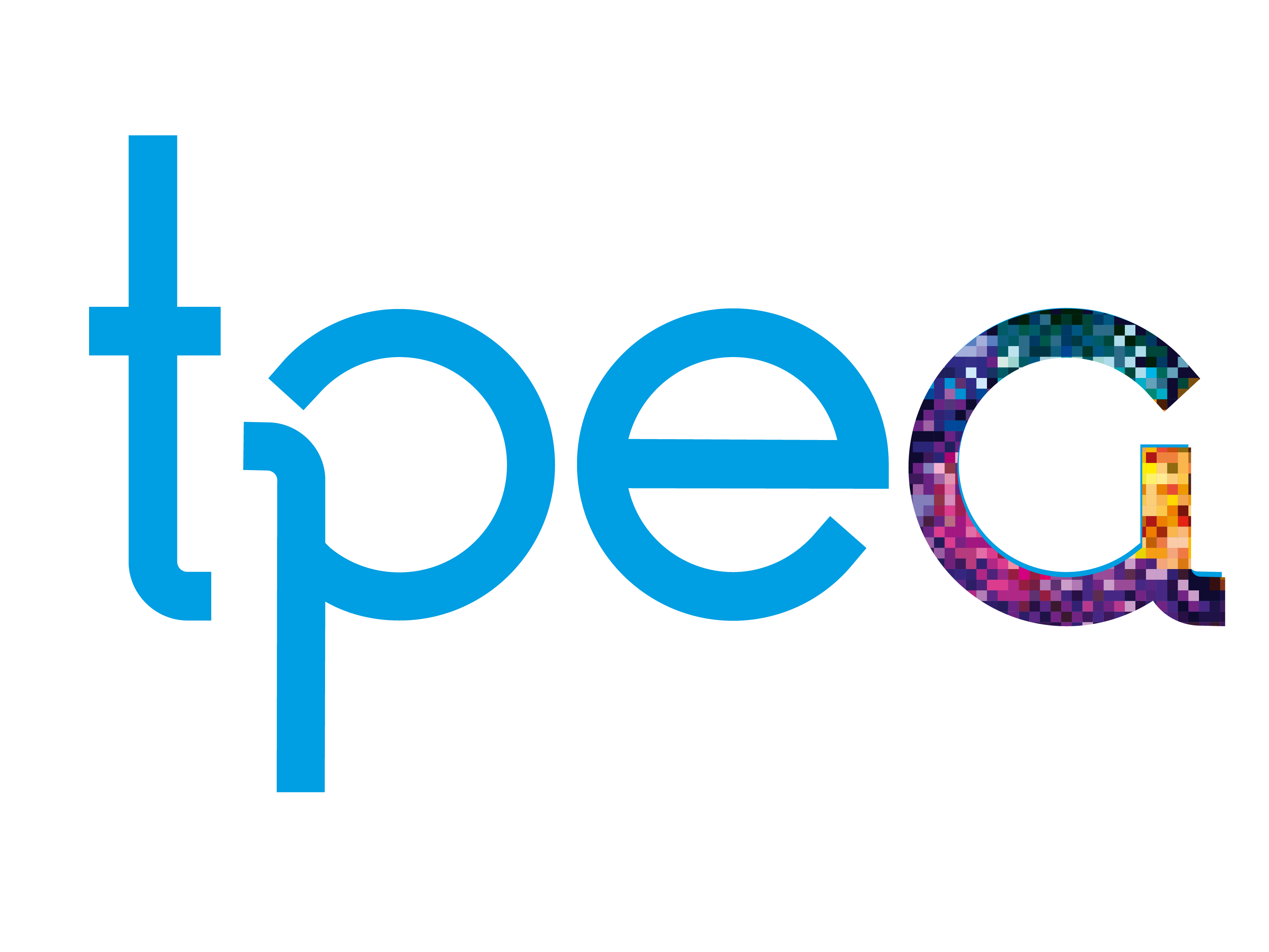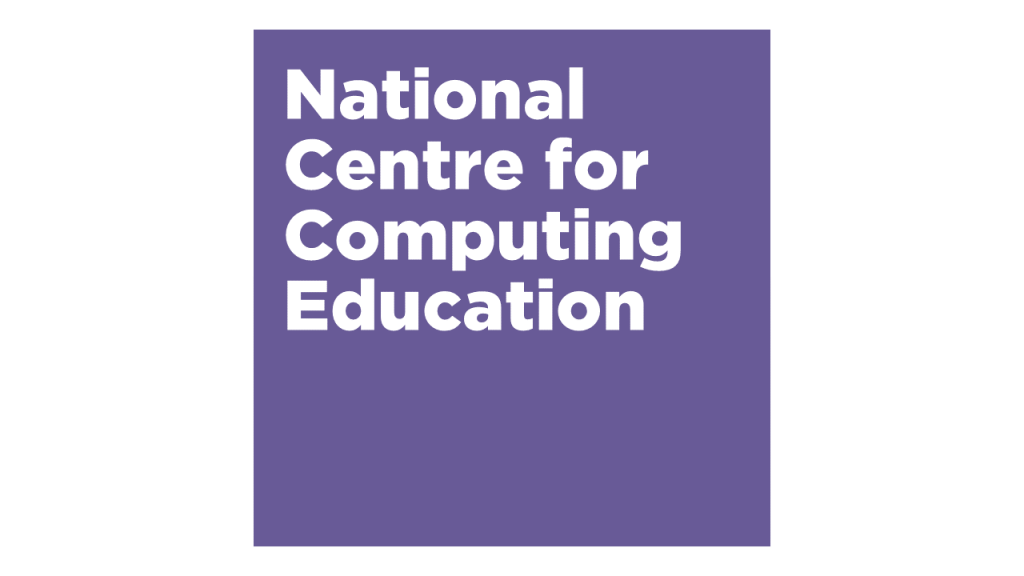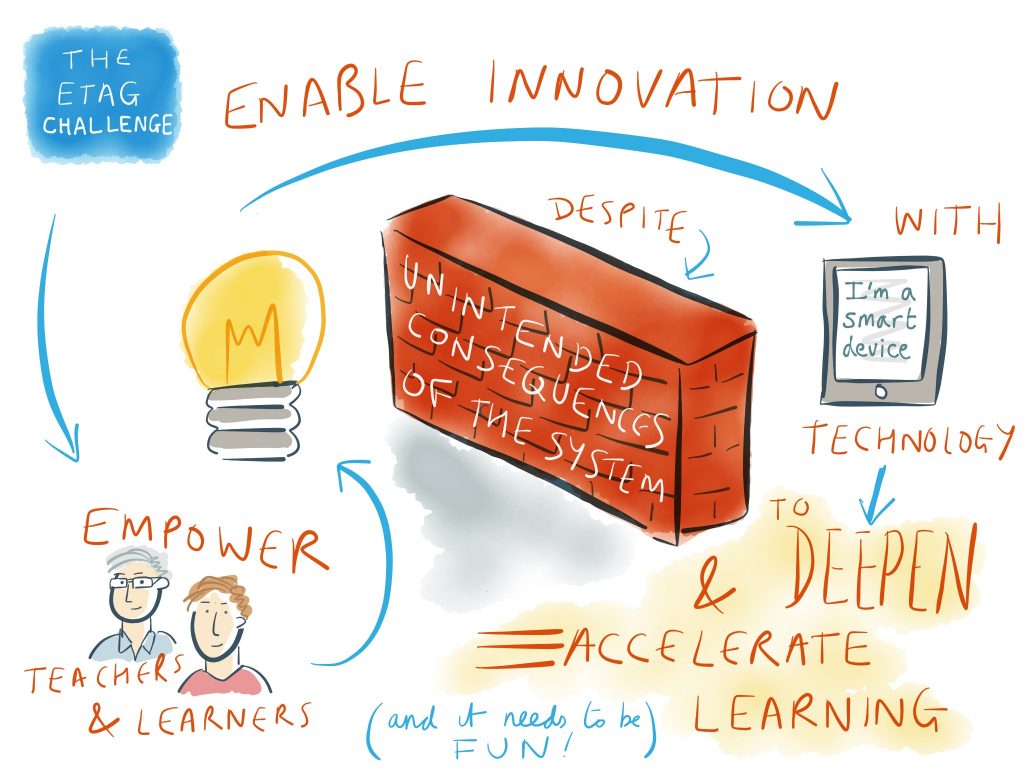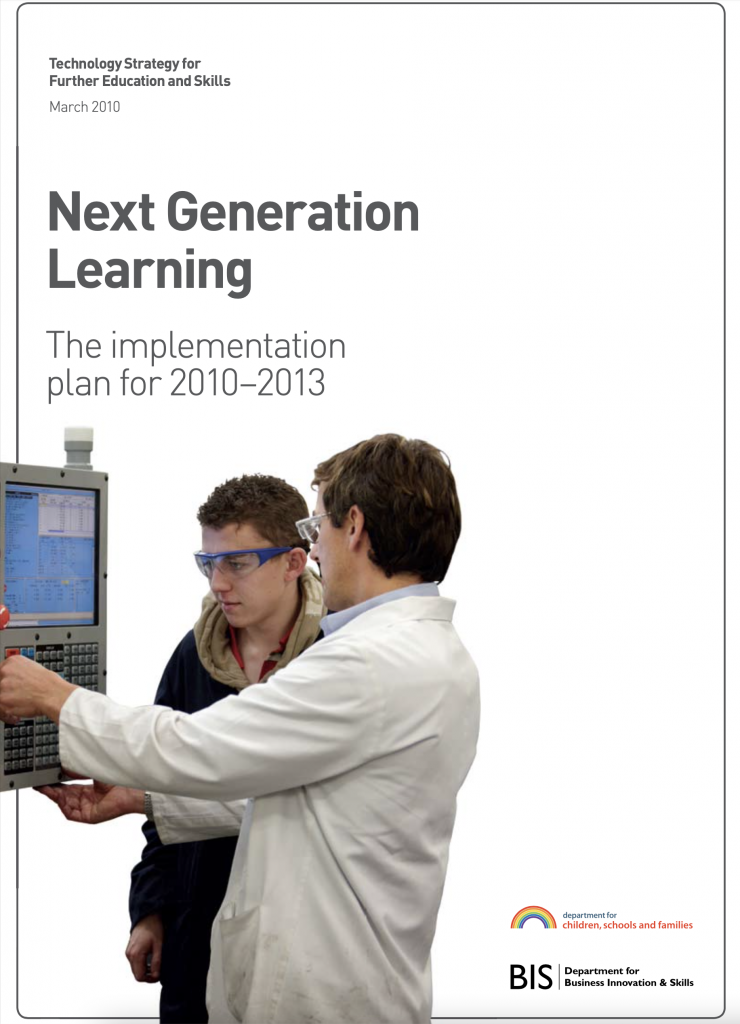Event Information Box
Table of Contents
KEY PIECES OF INFORMATION FROM THE EVENT
Event title:
National Interactive Video Centre (NIVC) established
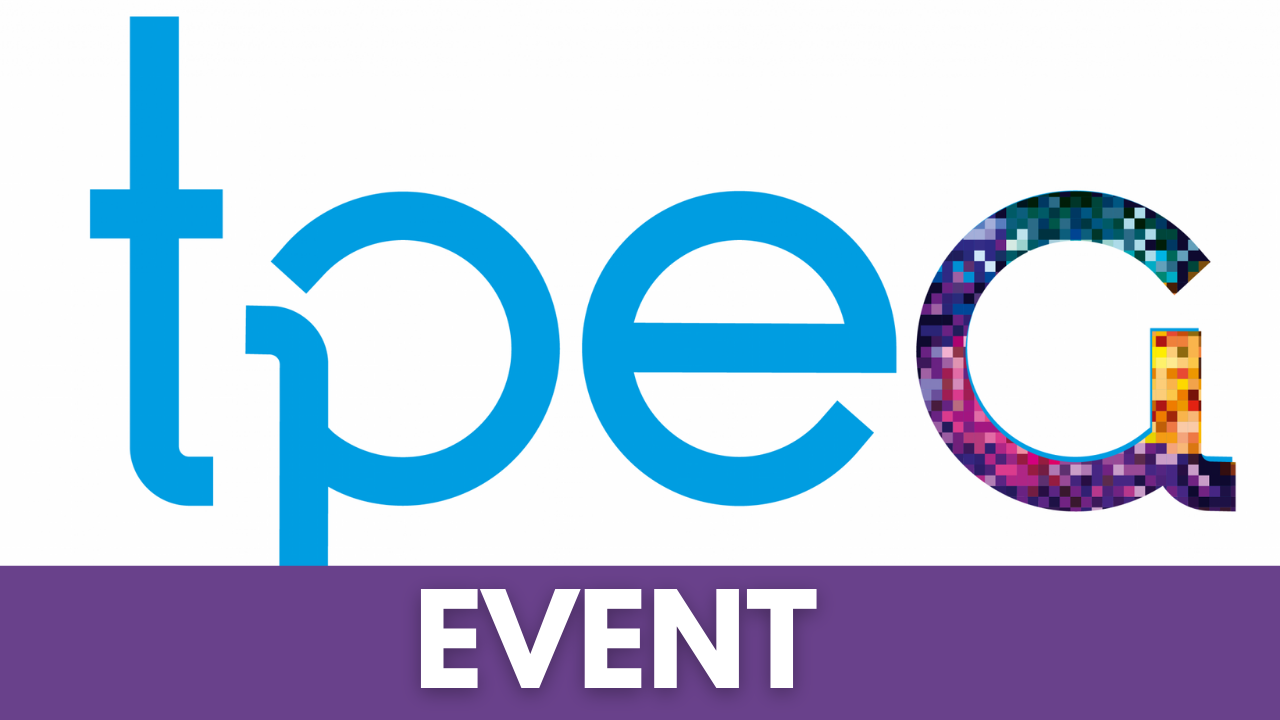
Timeline Date
January 9, 1984
Category
Event
Government, Department or Organisation
Department for Education and Science (1964 - 1992)
Secretary of State
Sir Keith Joseph, Bt (14 Sept 1981 - 21 May 1986)
Subject
Educational Technology
Area
Computers in Society
BECTA Category
Event Content
By disapplying the ICT programme of study from September this year schools will be able to offer a more creative and challenging curriculum, drawing on support and advice from those best positioned to judge what an ambitious and forward-looking curriculum should contain.
DETAIL OF THE EVENT
The National Interactive Video Centre: Summary
Created in September 1984 by the National Council for Educational Technology, NIVC acted as a focus for developing and disseminating educational applications of video disc technology
CONTENTS
Domesday Disc
Interactive Video in Schools
Interactive Video in Further Education
DTI scheme
Telsoft
Unfulfilled Promise
The National Interactive Video Centre (NIVC) was established in 1984 with the support of the Department of Trade and Industry to promote interactive media, but even at this time there had been considerable interest in applications of IV. Laurillard’s paper ‘The Potential of Interactive Video’ was published in 1982 and Mably (1987) describes an educational IV project which took place in 1984.
Domesday Disc
For most people the history of IV in schools begins with the Domesday disc, published by the BBC in 1986. This was designed as a database of images and information about Great Britain at the time of its production and was the first encounter with interactive technologies for many schools.
Interactive Video in Schools
The DTI subsequently (1986-88) funded a research and development project, at a final cost of over £2m, known as Interactive Video in Schools (IVIS), which was carried out under the auspices of the Council for Educational Technology and the NIVC in the hope of exploring the potential of the educational applications of the medium and to increase the awareness and uptake of new technology in schools. Eight projects were funded to cover a range of curriculum issues and design methods (see appendix 1) and three of these were used as materials for this study. Packages of materials were used in 96 schools and the project was subsequently evaluated (Norris, Davies & Beattie, 1990). This evaluation was a description of the project, its management, and an analysis of some of the issues of classroom management and implementation. The evaluators came to the conclusion that both teachers and pupils saw IV as a powerful learning resource and itemised the main advantages as being its capacity to motivate pupils, its flexibility in enabling pupils to learn at their own pace, allowing easy repetition and revision, and how it can release the teacher to work with other pupils and reduces the need for repeated explanation.
Interactive Video in Further Education
Funding was then committed to an Interactive Video in Further Education (IVIFE) project. In addition, the Department of Education and Science committed funding to a series of IV programmes to cover different aspects of the National Curriculum for mathematics.
DTI scheme
There was considerable interest in the potential of IV for the classroom and this was further stimulated by the DTI allocating an IV system to each local education authority and institute of initial teacher training in the country in 1988.
Telsoft
Take-up by schools was, however, limited by the expense of the hardware and this provided the motivation for the Telsoft system (White, 1987) which utilised hardware commonly found in schools, such as a BBC computer, domestic videocassette recorder and standard television or monitor, as the basis for a tape-based IV system. Part of the rationale for the system was to enable schools to produce their own tailor-made programmes cheaply but there were few programmes widely available for classroom use; most of the ready-made programmes were designed for in-service training of teachers.
Unfulfilled Promise
The use of IV was certainly not as widespread as was predicted in its early days; Wright and Tearle (1990, p.1) remark on unrealistic expectations which were not fulfilled.
The NIVC closed in 1992.
Evidence indicates that recent curriculum and qualifications reforms have not led to significant improvements in the teaching of ICT, and the number of students progressing to further study in ICT-related subjects is in decline. Furthermore, the ICT curriculum in its current form is viewed as dull and demotivating for pupils. Its teaching may not equip pupils adequately for further study and work, may leave them disenchanted or give rise to negative perceptions that turn them off the subject completely.
